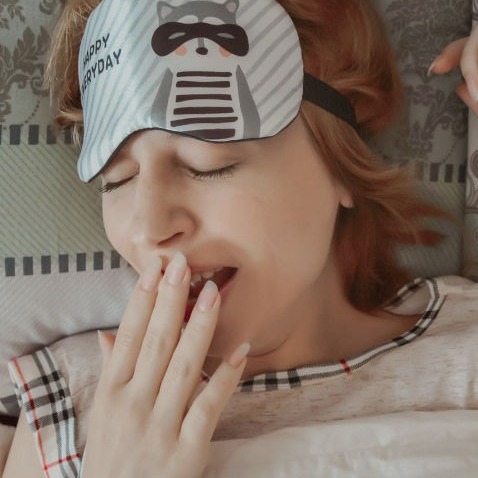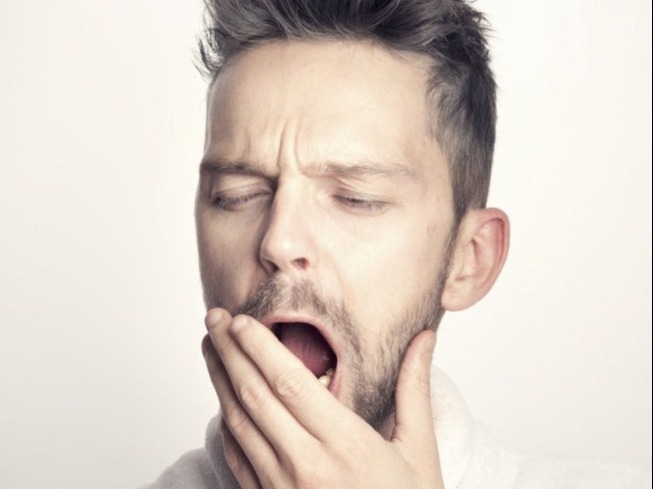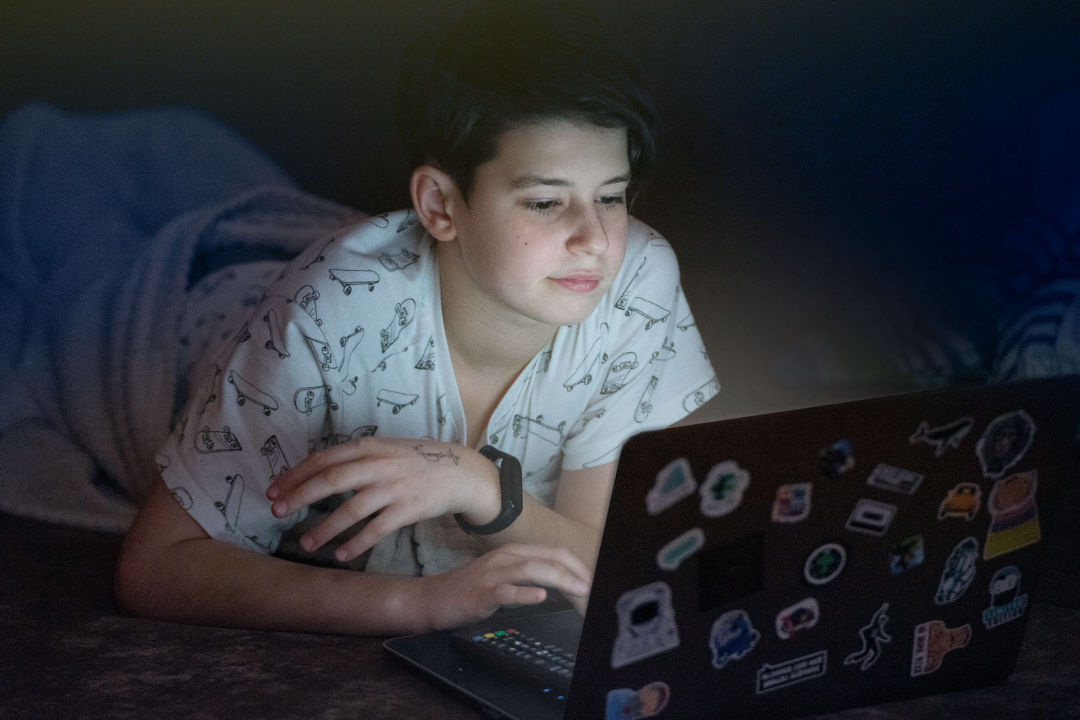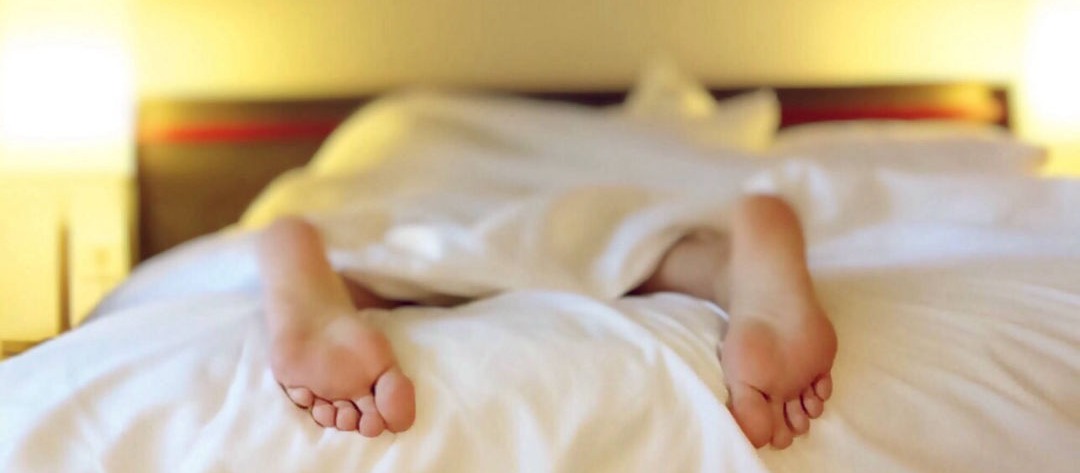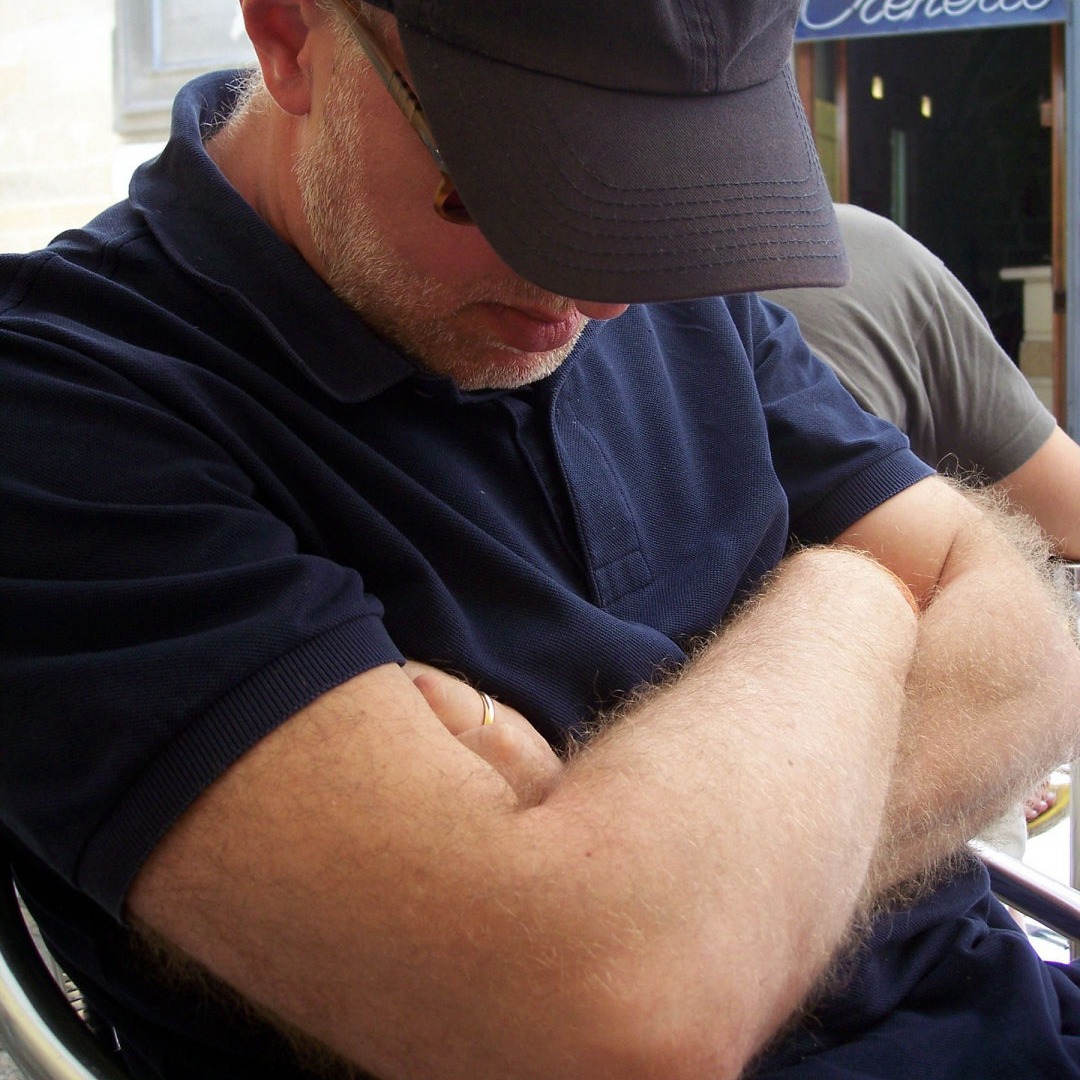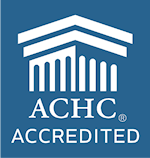Sleep Related
Breathing Disorder Treatments
Positive Airway Pressure (PAP) Therapy
This uses a machine to help maintain the airway open while asleep. There are different types of devices including CPAP, Bilevel, AVAP, and Servo Ventilator.
Oral Appliances
A device worn in the mouth while sleeping that helps pull the lower jaw forward off the back of the airway. These devices have to be made by a dentist. Oral appliances are more successful in mild to moderate OSA.
Sleep Surgery
There are surgical options that focus on increasing the size of the airway. Surgery is less effective than PAP therapy.
Positional therapy
This therapy works to train patients to sleep on their sides. This is most beneficial in mild OSA.
